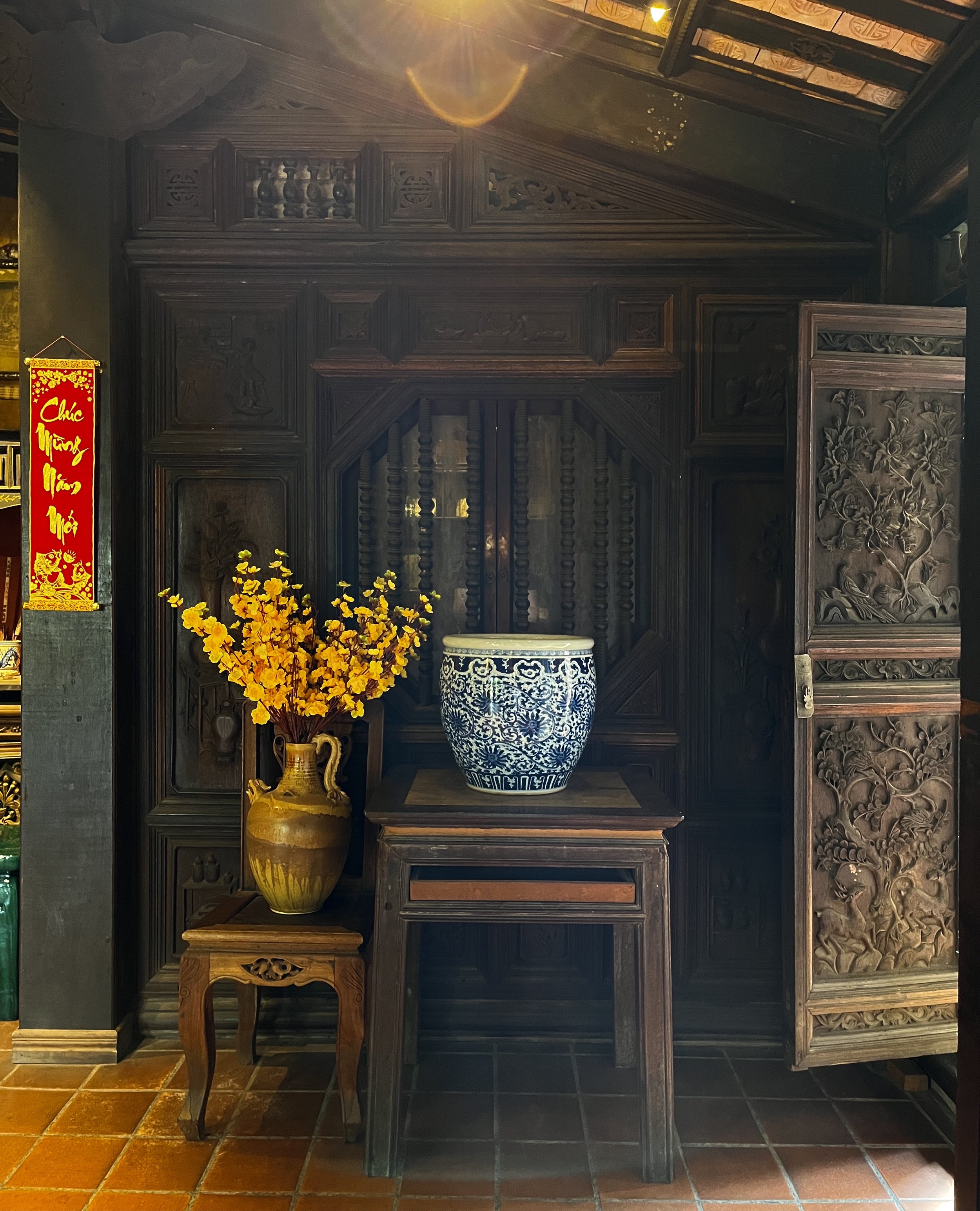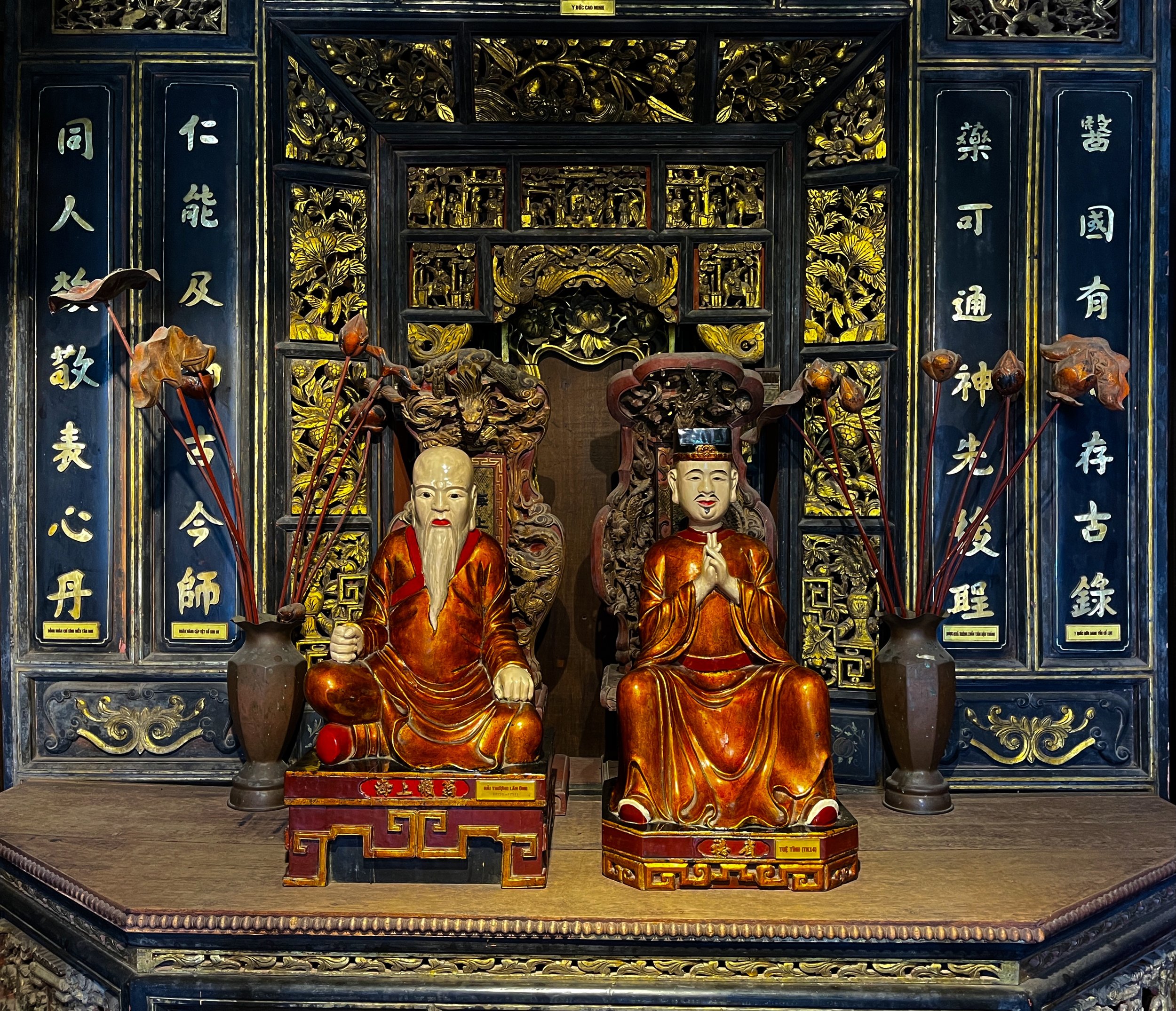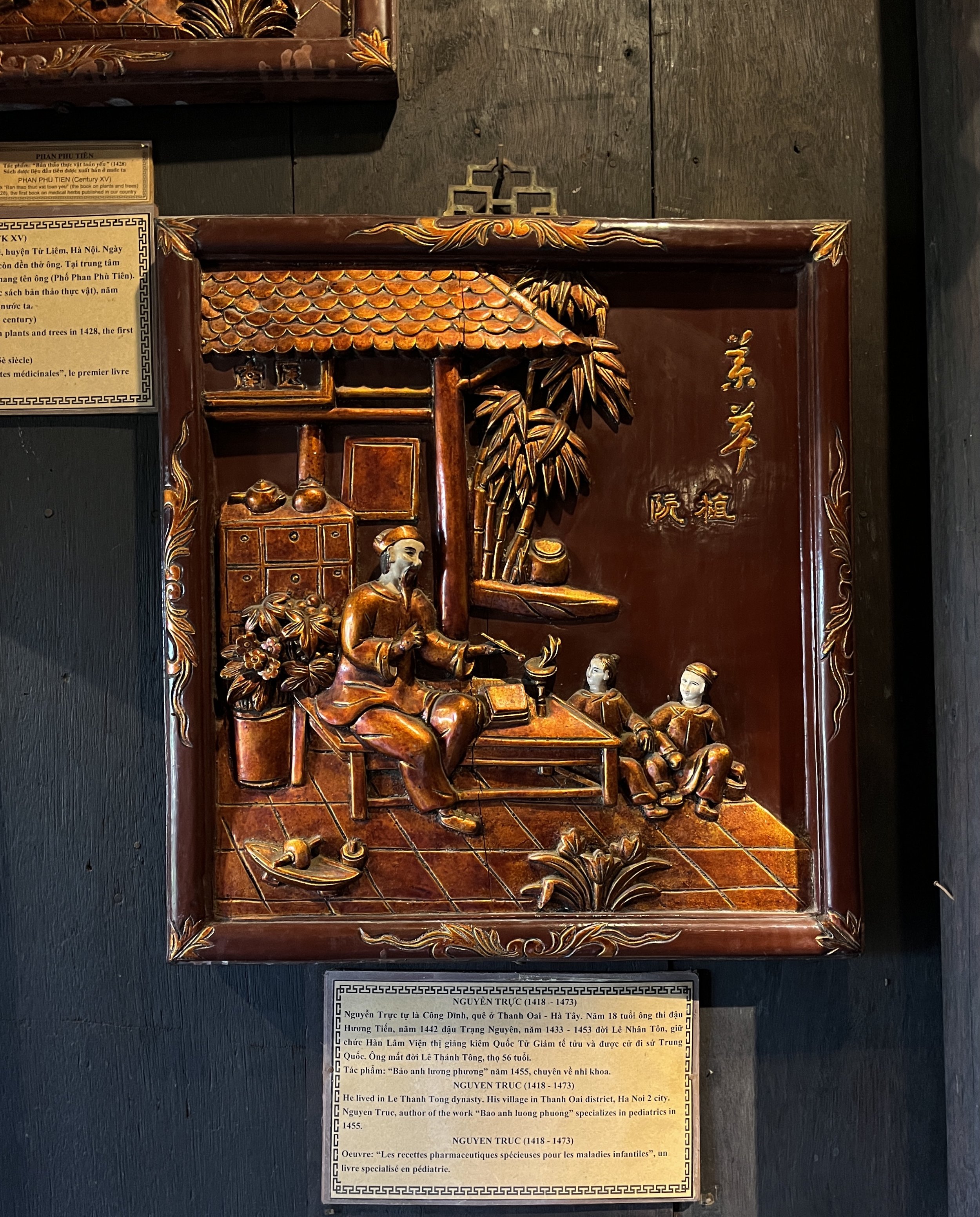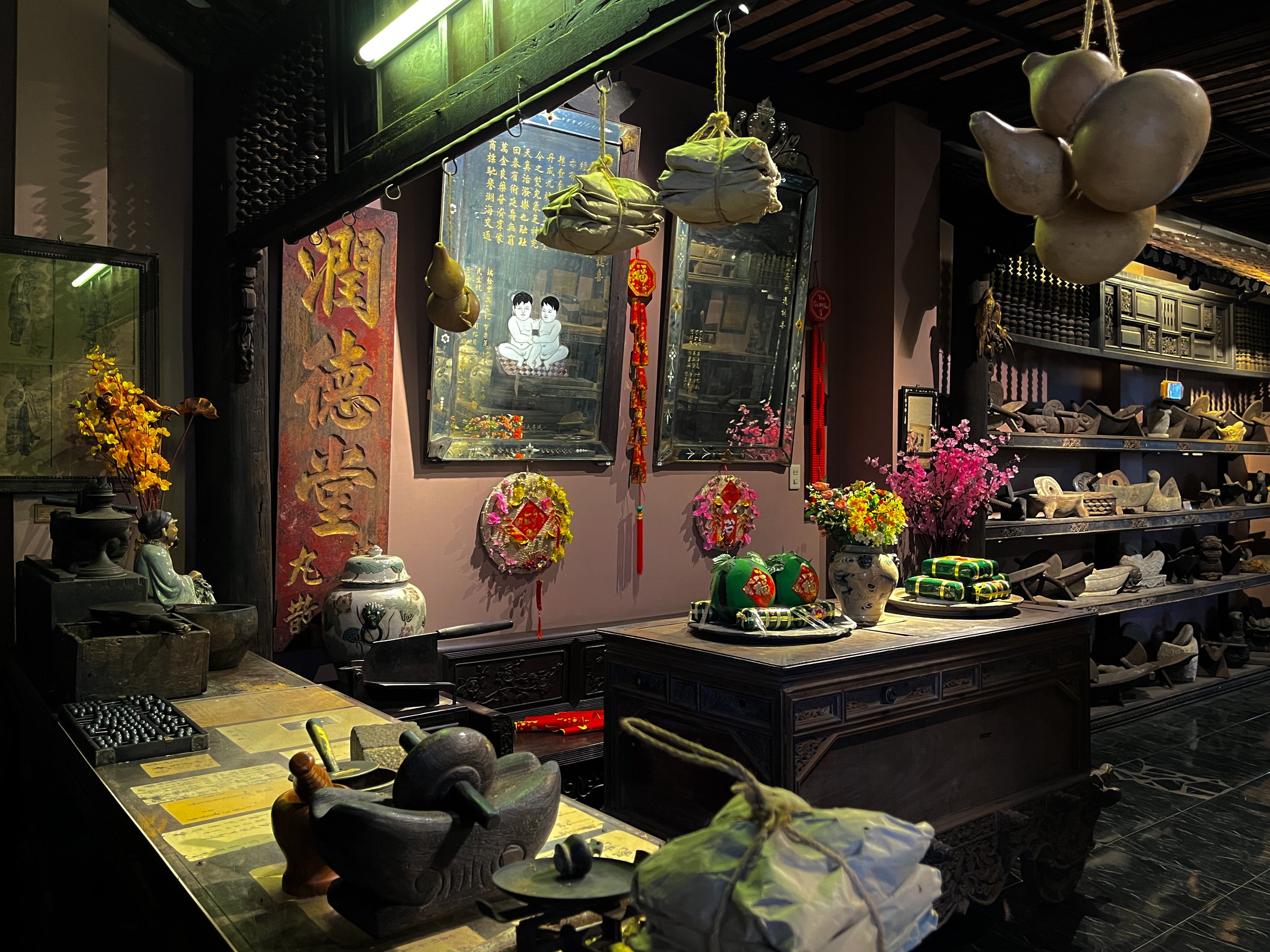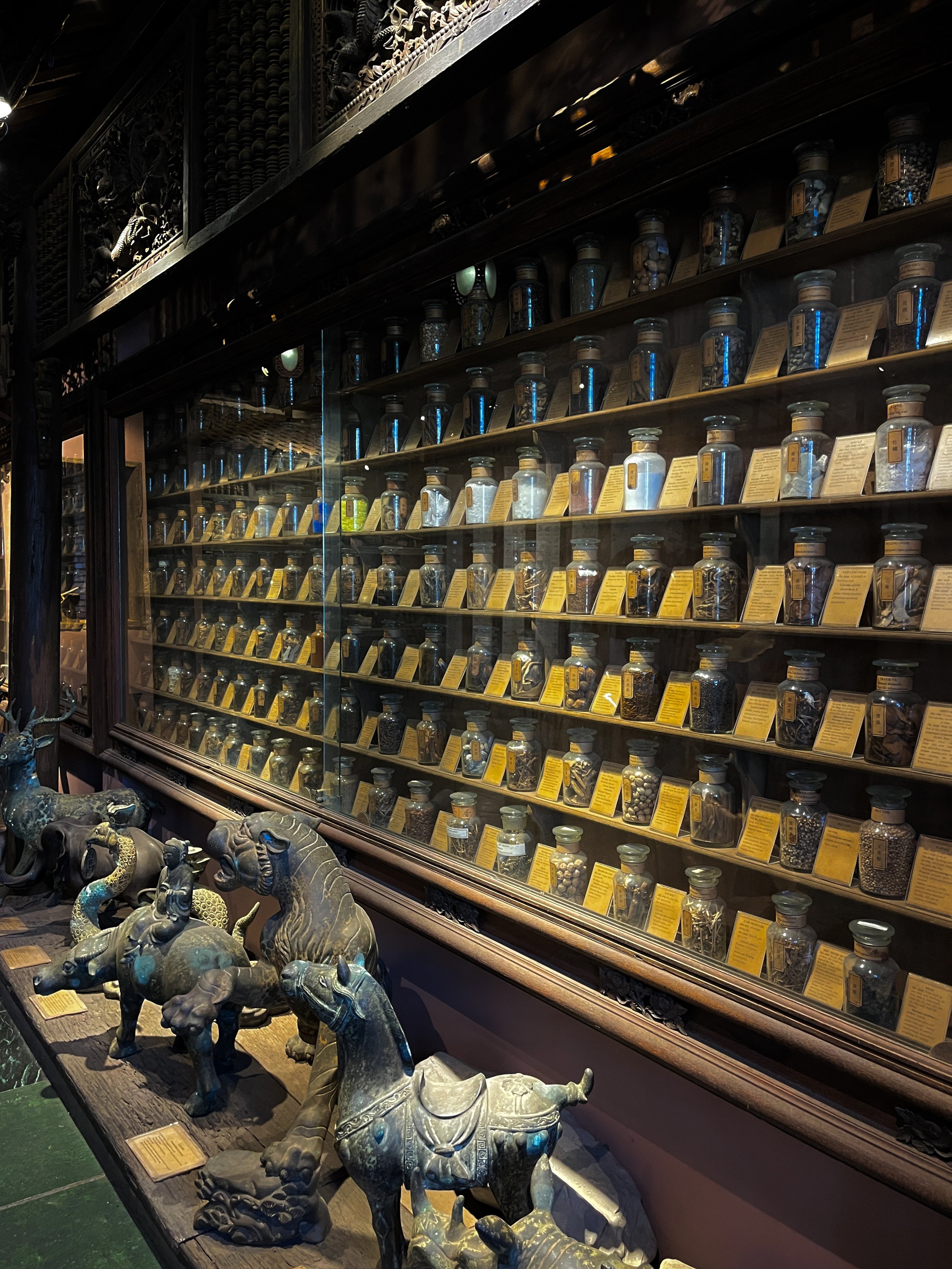Before I say anything about Ho Chi Minh, I'd like to issue a disclaimer: I find him fascinating as a person and possessing of many superior intellectual and moral attributes. I've read Ho Chi Minh Thought and the Revolutionary Path of Viet Nam by General Vo Nguyen Giap. I've been to his mausoleum, childhood home, revolutionary office, and a pile of other sites dedicated to him. That said, perhaps culturally, definitely personally, I can't abide the dear leader mentality, no matter to whom it's applied.
The Ho Chi Minh Port Museum (otherwise known as Nha Rong or the Dragon Wharf), is just another Ho Chi Minh museum, which you can find in any (and every) large or midsize city in Vietnam. It's got a few personal effects, a couple pamphlets, and seems to exist solely to inculcate schoolchildren. to my mind, it's a waste of a good building; on the other hand, at least crowding and overdevelopment has been staved off around it, which is more than can generally be expected in Saigon. the entire Ba Son port area, with umpteen untouched architecturally and historically significant 1880s and earlier French buildings, was sold to a residential property developer in 2015 to build more quote-unquote luxury highrises, so the Ho Chi Minh connection is indeed the sole reason the building survives at all.
The building itself dates from 1860, though the site has operated as a mercantile port since at least the 1610s. 45 nautical miles from the sea, the port was never able to effectively compete with Hong Kong, Singapore, and Jakarta, but was so well-established in terms of infrastructure and renown that the French decided not to bother moving it. From 1861 to 1901 the wharf was operated by Messageries Maritimes, and in June 1911 Ho Chi Minh doubtless processed through the building as a kitchen worker on a steamer destined for Marseille. The area has not been landfilled at all, so the shape of the river here looks the same as it does in photographs from 150 years ago. The view is nice, and the grounds are nice. It is not a must, in my opinion, but it is a quick visit.















































